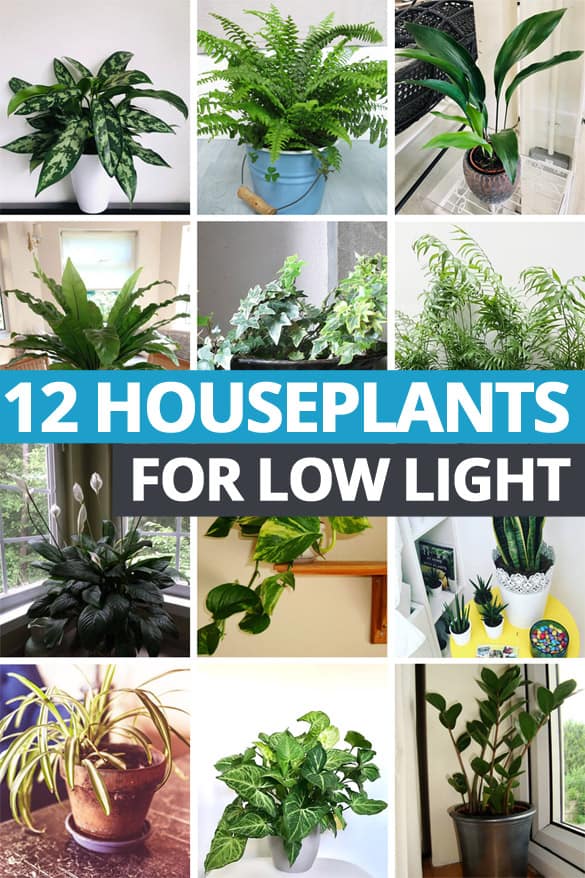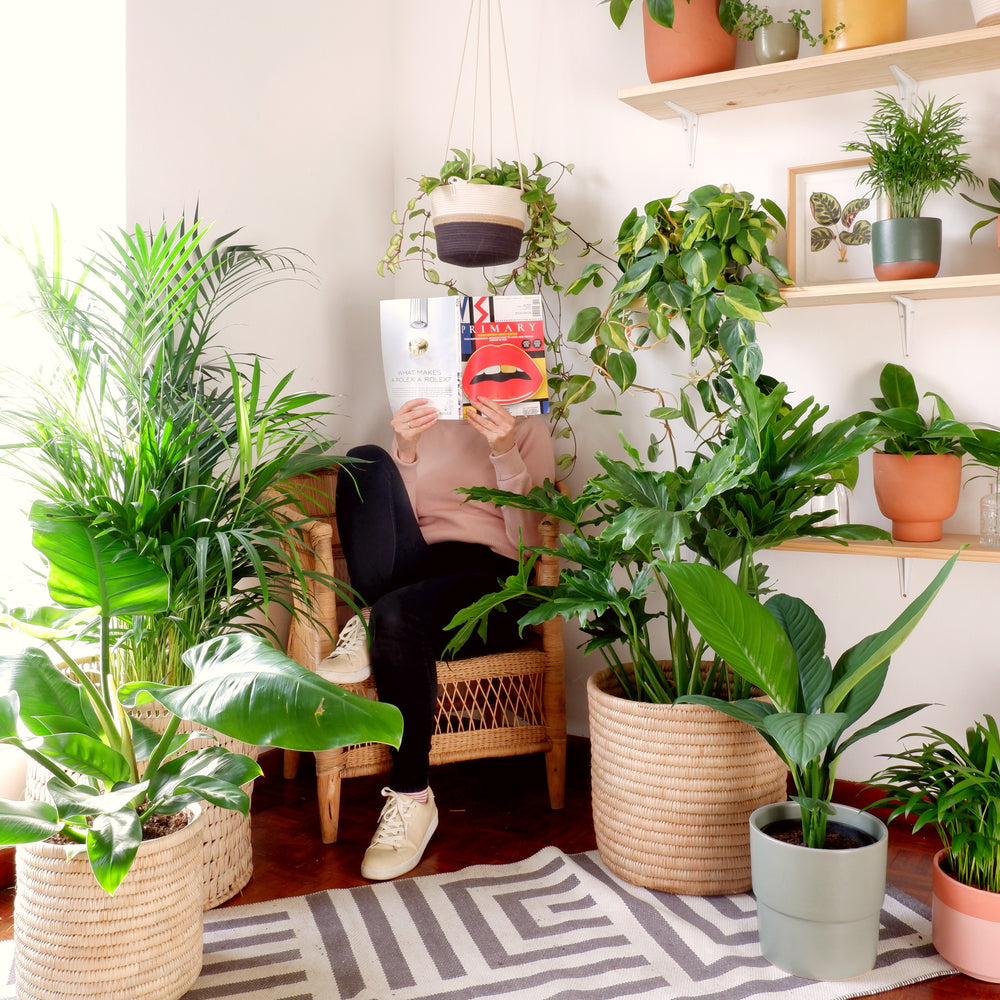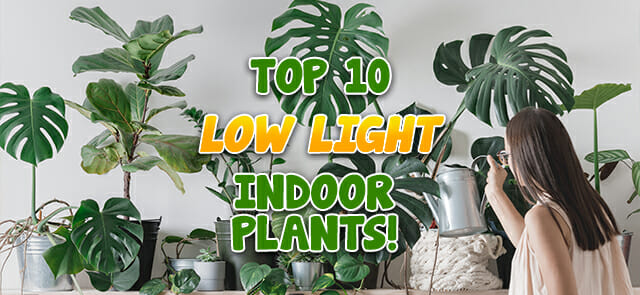Top 10 Best Low-Light Indoor Plants for Dark Rooms and Apartments
Top 10 Best Low-Light Indoor Plants for Dark Rooms and Apartments
Blog Article
Uncover the Tricks of Low-Light Indoor Plants and Exactly How They Improve Your Setting
Low-light interior plants have actually garnered increasing attention for their special ability to enhance both aesthetic allure and environmental quality within homes and offices. These resilient varieties, consisting of the Snake Plant and Tranquility Lily, not just grow in difficult lights conditions however additionally play a crucial role in air purification and psychological well-being.
Advantages of Low-Light Indoor Plants
Although many individuals presume that interior plants require abundant sunlight to prosper, low-light interior plants provide a wide variety of benefits that make them optimal for numerous environments. Among the key advantages is their versatility; they can thrive precede with limited all-natural light, such as offices, basements, or areas with little home windows. This attribute permits people to boost their environments with plant, adding to improved visual appeals without the need for comprehensive lighting adjustments.
Additionally, low-light indoor plants can considerably enhance indoor air top quality by releasing and filtering system harmful contaminants oxygen, making living areas healthier. The presence of plants has actually been linked to better feelings of peace and focus.
Additionally, low-light plants often need less maintenance than their sun-loving counterparts, making them excellent for hectic people or those new to gardening. Their durability allows them to love minimal treatment, thus supplying a rewarding experience for plant fanatics and beginners alike. In recap, low-light indoor plants serve both visual and functional functions, making them valuable enhancements to any kind of space.
Leading Low-Light Plant Selections
Low-light indoor plants can be found in a variety of types, each offering unique attributes and advantages suited for dim settings. Among the most prominent selections is the Serpent Plant (Sansevieria), understood for its air-purifying abilities and architectural fallen leaves. This resistant plant thrives on overlook and can endure a variety of light problems.
An additional superb option is the ZZ Plant (Zamioculcas zamiifolia), which includes shiny, dark eco-friendly fallen leaves and is highly drought-tolerant. Its adaptability makes it a favorite for offices and homes with limited sunshine.
The Pothos (Epipremnum aureum) is likewise a top competitor, with its tracking creeping plants and heart-shaped leaves - Best low-light indoor plants. This versatile plant can be educated to climb up or waterfall, including aesthetic rate of interest to any type of room

Treatment Tips for Low-Light Plants
Taking care of low-light indoor plants needs a nuanced understanding of their details needs to make certain optimum growth and vitality. Initially, it is important to pick the ideal potting mix, as a well-draining soil is essential to stop root rot. A mix created for houseplants, frequently having peat moss and perlite, works well for many low-light ranges.
Watering is another crucial facet of treatment. Low-light plants usually call for much less constant watering compared to their sun-loving equivalents. It is suggested to inspect the leading inch of dirt; if it feels dry, it's time to water. Overwatering can bring about complications such as mold and root decay.
Fertilization must be approached with care. During the growing season, a diluted liquid plant food can be used monthly, yet in wintertime months, numerous low-light plants go into inactivity and need little to no fertilization.
Last but not least, it is necessary to periodically clean up the fallen leaves to remove dust, enabling for much better light absorption. By adhering to these care suggestions, you can cultivate a successful setting for your low-light interior plants, enhancing both their appearance and longevity.
Enhancing Air Quality With Plants
Interior plants play a significant role in boosting air top quality within homes and workplace. With the process of photosynthesis, these plants take in co2 and launch oxygen, adding to a much healthier environment. In addition, certain low-light interior plants have the capability to filter damaging toxins, such as trichloroethylene, formaldehyde, and benzene, which are generally discovered in indoor atmospheres.

Moreover, the visibility of indoor plants can raise humidity levels, which aids reduce dry skin and breathing concerns, even more boosting general health. This ability to improve air top quality not only advertises physical health however likewise sustains mental wellness.
Including low-light interior plants right into your living and working areas can bring about a more lively and stimulating atmosphere (Best low-light indoor plants). Buying these all-natural air cleansers is an easy yet efficient method for enhancing indoor air high quality and fostering a healthier way of life
Producing a Calm Indoor Space
The assimilation of plants right into living spaces not only boosts air quality but also adds to a peaceful atmosphere. Low-light interior plants, such as serpent plants and pothos, are specifically effective in creating a peaceful environment, as they flourish in problems that may otherwise be inhospitable for various other plant. Their rich vegetation gives a relaxing visual, reducing anxiety and advertising relaxation.
Incorporating these plants right into your office or home can evoke a feeling of tranquility and wellness. Tactically positioning them in areas where you spend substantial time, such as living areas or work areas, enables an immersive experience with nature, which has actually been shown to enhance mood and cognitive function.
In addition, the mild motion of fallen leaves in response to air movement can produce a vibrant visual component that enhances the total atmosphere. Consider making use of a selection of plant heights and appearances to add depth and interest to your room. With thoughtful placement and treatment, low-light indoor plants can transform any location right into a tranquil sanctuary, promoting not just visual fulfillment however also psychological and psychological health.

Verdict
Including low-light indoor plants into numerous environments yields significant benefits, consisting of boosted air high quality and improved aesthetic allure. These hardy species not just flourish in marginal light but likewise add to a calming atmosphere, advertising mental and psychological health. By choosing ideal varieties and carrying out correct Homepage treatment methods, people can efficiently grow a calm interior space that promotes wellness and efficiency. The transformative power of low-light plants highlights their worth in boosting both domestic and work setups.
Although many individuals assume that indoor plants call for abundant sunshine to flourish, low-light interior plants supply a multitude of benefits that make them perfect for numerous environments.Moreover, low-light interior plants can significantly boost indoor air high quality by launching and filtering system hazardous contaminants oxygen, making living spaces healthier. Furthermore, particular low-light indoor plants possess the ability to filter unsafe pollutants, such as trichloroethylene, benzene, and formaldehyde, which are typically discovered in interior settings.
Low-light interior plants, such as snake plants and pothos, are particularly efficient in producing a calm atmosphere, as they grow in problems that might click site or else be inhospitable for various other plant.Integrating low-light interior plants right into different settings returns substantial advantages, consisting of boosted air quality and enhanced official website visual appeal.
Report this page